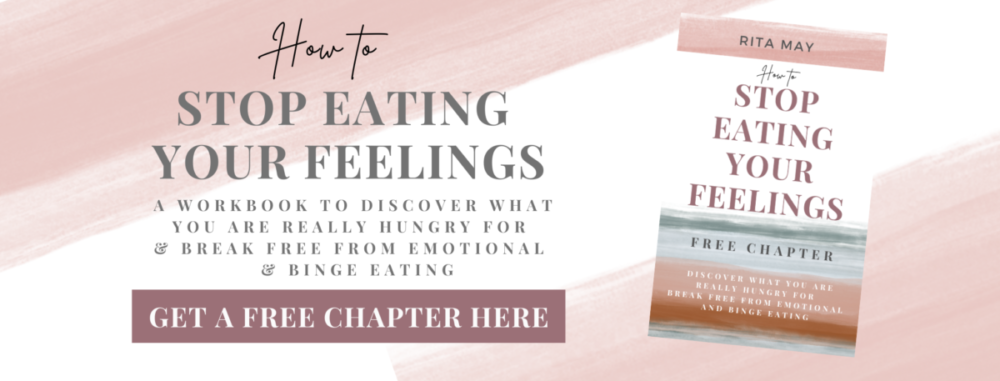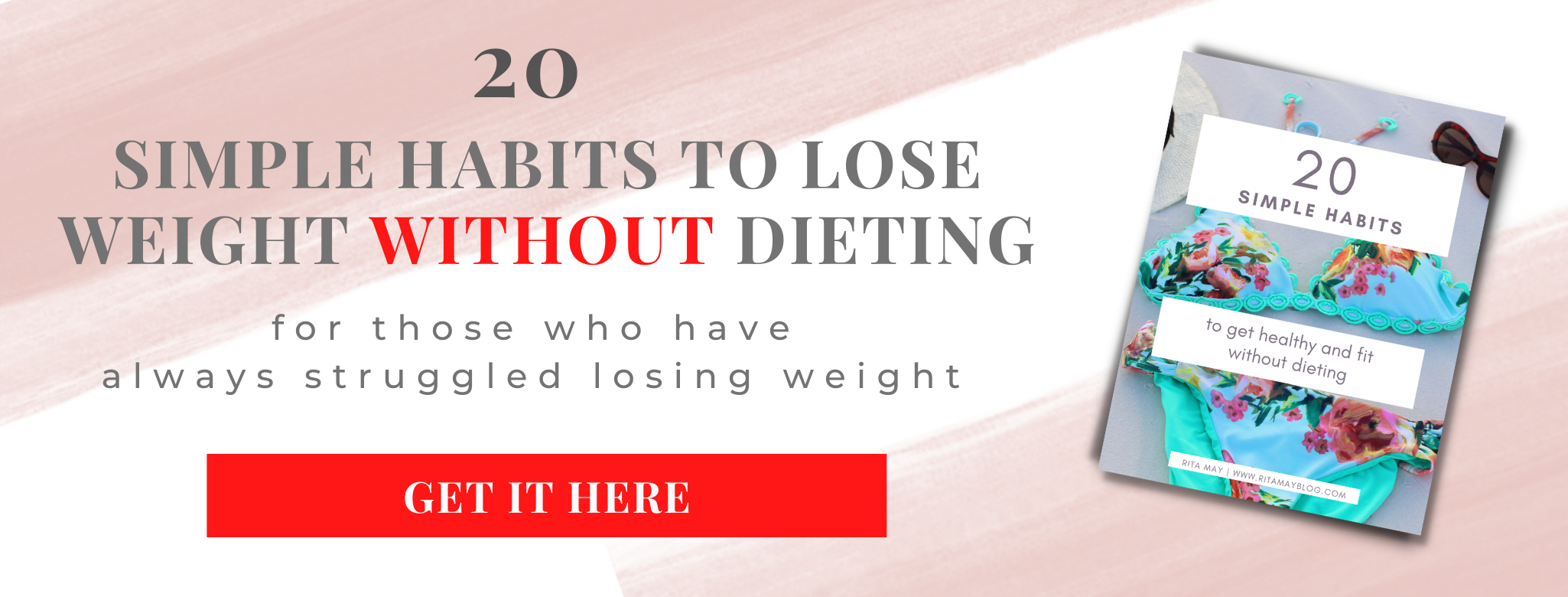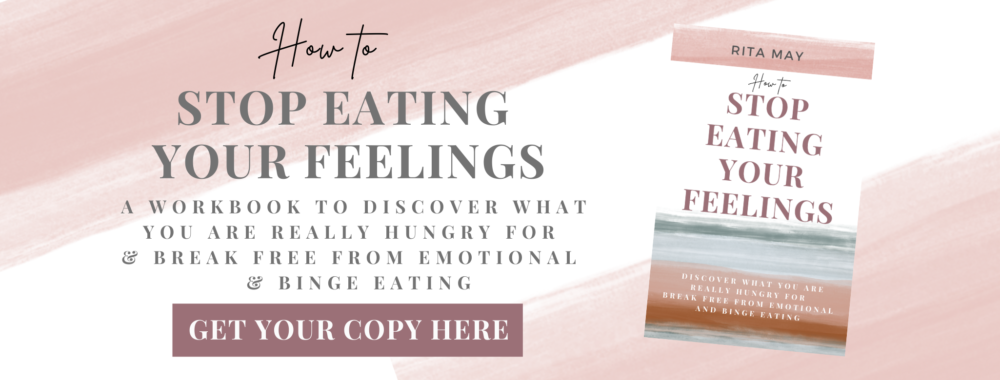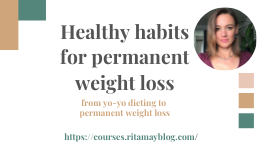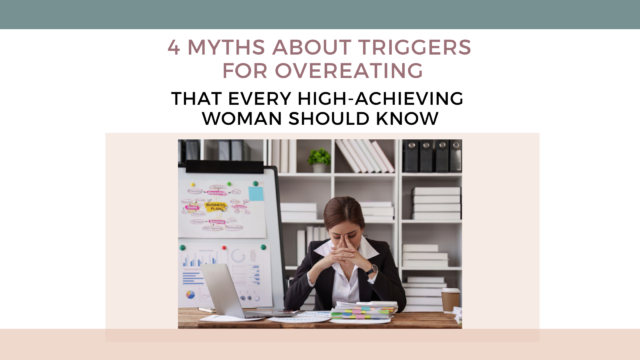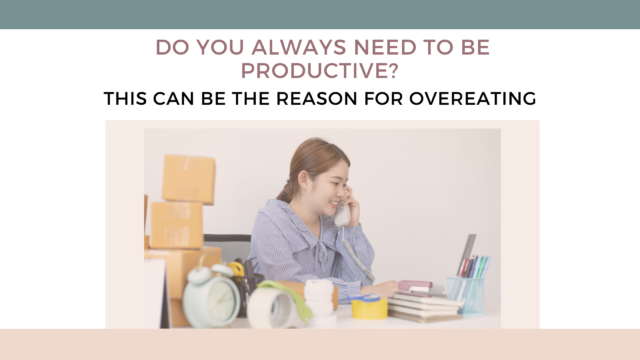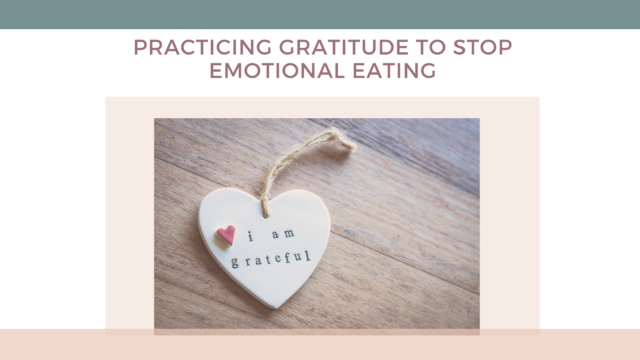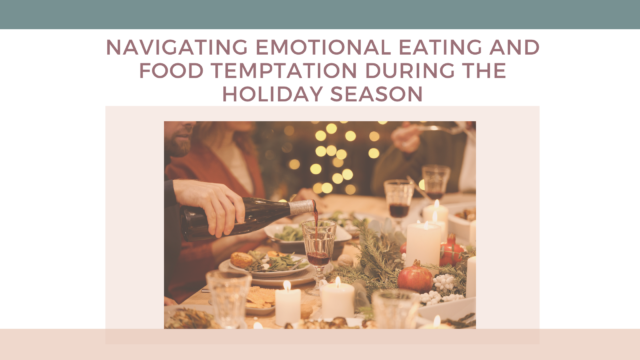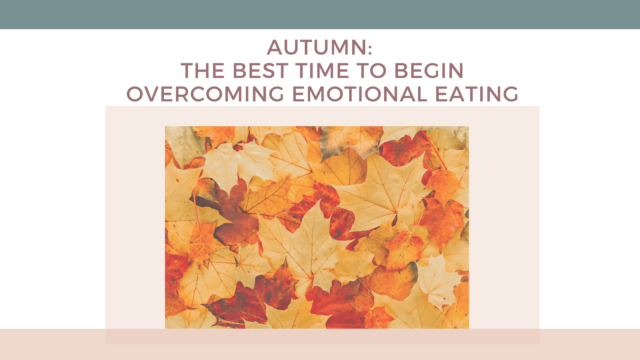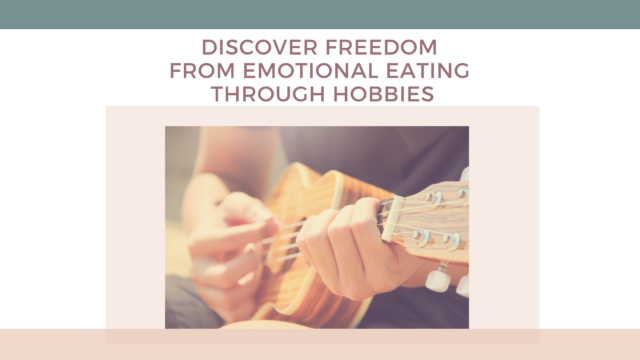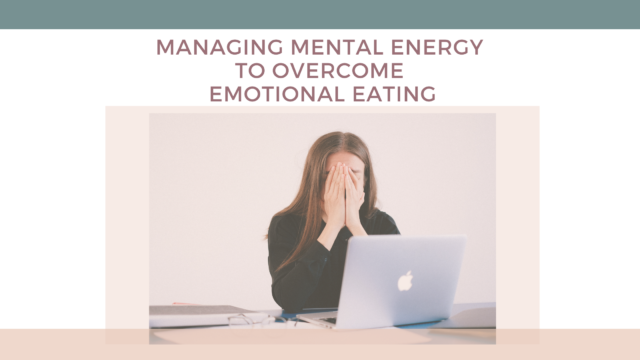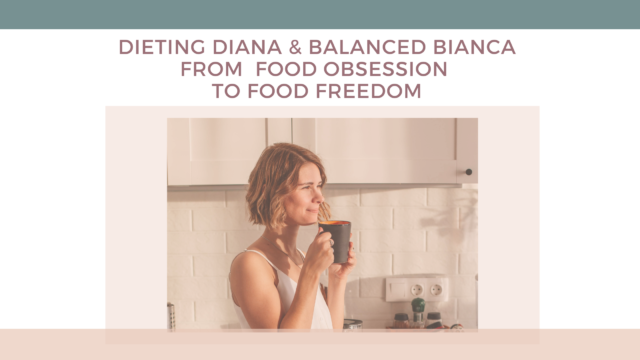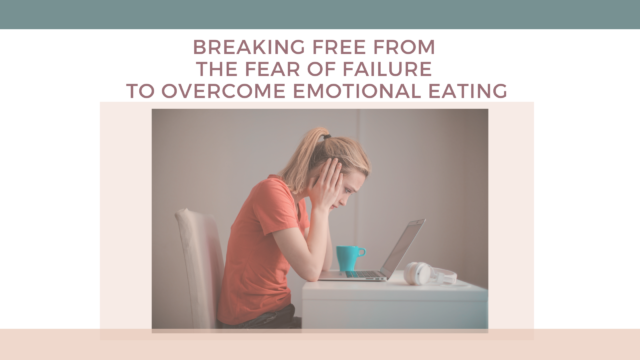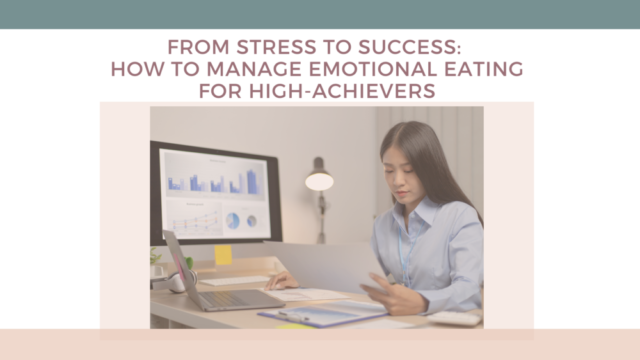Did you know that there is an equation describing the nutrient dense healthy foods and differentiating them from not so healthy and junk food. I will show you this system in this post.
Cardiovascular disease causes 1 of every 3 deaths in the US. Cancer is the second leading cause of death globally, and is responsible for about 1 in 6 deaths. I have friends in their 30s who are battling with cancer. IT IS SCARY! In my family almost everyone has some kind of cardiovascular disease or diabetes or both. The parents of my friends/classmates started to die due to the mentioned diseases.
It is very worrying. I have always been interested in healthy eating and lifestyle but mainly because of vanity; just wanted to look young and slim. But now I feel I need to take the healthy side of it really seriously. I started to research the topic more deeply and I’m going to share with you what I learned.
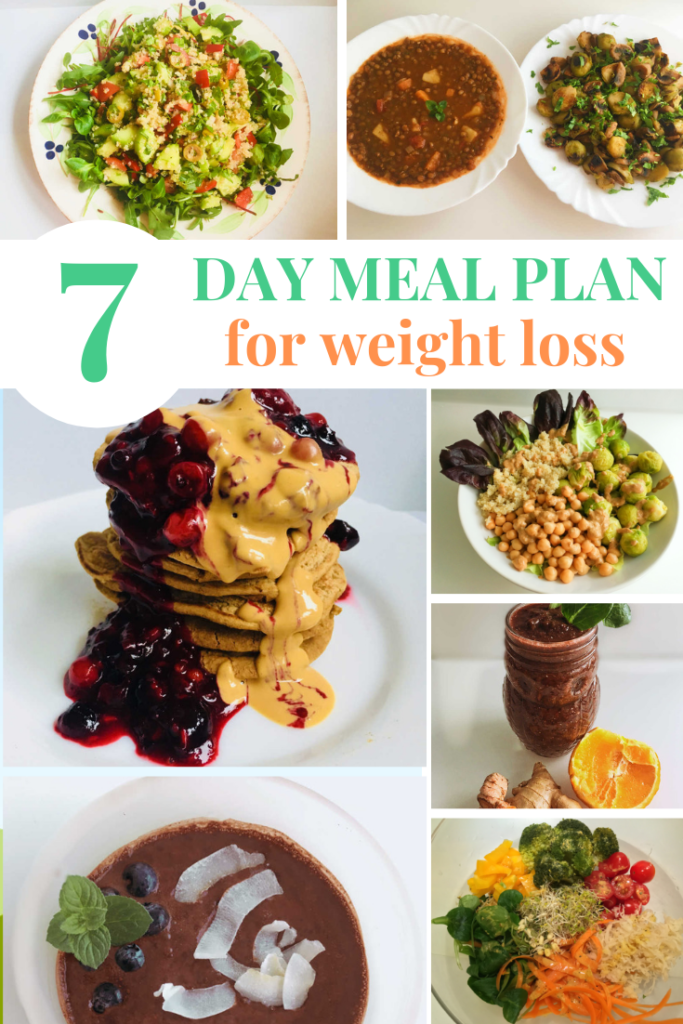
You can get the meal plan here.
Dr. Joel Fuhrman physician and nutrition expert introduced the nutrient dense, healthy, nutritarian diet. He said in a podcast: “The way the adults are eating is like committing suicide with a knife and fork”. He treats and heals his patients mainly with diet and natural remedies, and he advocates prevention.
If we follow his equation of nutrient dense, healthy eating, we can exploit our bodies self-healing ability to prevent or reverse illnesses, such as heart attacks, strokes, and cancers, and in addition we can reach our ideal weight and slow down the aging process.
The equation of healthy eating
So what is Dr. Fuhrman’s health equation?
H = N/C (Health = Nutrients/Calories)
What it means is, that we eat healthily if we get as much nutrients as possible from as little calories as possible. But how can we do that? Simply by eating a lot of low calorie-dense vegetables and fruits, and only a small amount of high calorie-dense foods. We don’t need to be hungry, we can eat large amounts of food, just have to chose them wisely.
So what are these high calorie-dense foods that we need to avoid or limit, you may ask. These are the nutrient lacking sugary, white flour based, fatty and highly processed junk foods. It is also recommended to limit the consumption of animal products, while they contain somewhat more nutrients than the junk foods, their high fat content makes them very calorie-dense. Also, numerous scientific data proves, that eaten in large amounts processed animal products cause heart- and kidney diseases and diabetes.
Animal fats should be substituted by plant based fats which contain healthy fatty acids. These should be consumed preferably in their whole forms, such as nuts, seeds and avocado. While oils goes as they say “straight from lips to hips”, the whole forms contain not only the oils but also fibers and protein, which slow down their digestion. However, due to their fat content they are still calorie-dense, therefore their consumption should also be limited (approx. 28 grams/1 oz. per day).
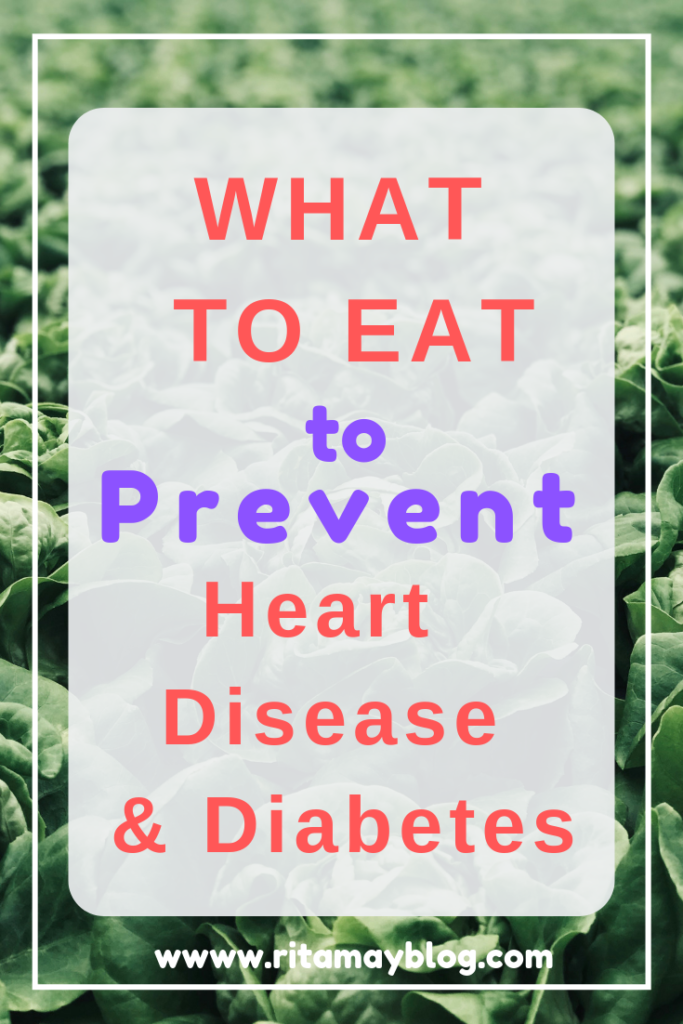
ANDI scale for nutrient density of foods
Dr. Furhman has also introduced the ANDI scale (Aggregated Nutrient Density Index), from which you know which foods get the highest H value in the health equation. For the nutrients (N part) they considered the vitamins, minerals, antioxidants, flavonoids and fiber content, and then compared this value of foods containing the same amounts of calories (C). This way they can have a scale between 1 and 1000, where the healthiest foods get the highest numbers. h
We all know that we should eat our vegetables, especially the green ones, I’m not saying anything new here. But now you can see why, represented by actual numbers! How cool is that! If you are a number person like me this will give you real pleasure 😉 If not, sorry, I will give a quick summary at the end.
Let’s see: the cruciferous vegetables, such as kale, collard greens, mustard greens and watercress got the maximum 1000 points (not ice cream unfortunately :-)). Not much lower come the other green vegetables, such as swiss chard (895), bok choy (865), spinach (704), arugula (604), romaine (510), Brussels sprouts (490).
Then the other vegetables are next, for example carrot (458), cabbage (434), broccoli, cauliflower (340, 315), paprika (265), mushroom (238), onion (109), etc. The first fruits, tomato and strawberry, only appear at number 186 and 182, then blueberry (132), grapes, pomegranate (119), cantaloupe (118) and the other fruits and vegetables come.
Pulses got also relative high numbers, e.g. edamame (soybean) 98, tofu 82, lentils 72, kidney bean 64 and peas 63. Out of the seeds linseed got the highest number (103), sesame seed is the second (74) and sunflower seed (64) comes next. Due to their higher calorie density the nuts have lower H numbers. Interestingly peanut butter is the first (51), then pistachio (37), walnut (30), almond and avocado (both 28), and cashew (27) come in the list.
Around the number range of the nuts appear the first animal products, shrimp (36), salmon (34) and egg (31). From the dairy products the low fat 1 % milk got the highest number, which is the same as the number for egg (31), followed by nature yogurt (28), feta cheese (20) and cheddar cheese (11), while vanilla ice cream’s number is a teeny-weeny 9. How disappointing… 🙂
The health number of chicken breast is 24, and for lean beef (85% meat content) it is 21 (out of 1000).
Let’s see the grains: oats have the highest number (36), followed by wholemeal bread (30) and brown rice (28). Potato has the same number as rice (28), while white pasta with 11, and white bread with 9 health numbers are between the unhealthiest foods at the bottom of the list. Corn chips (7) and Cola (1) are even worse.
I think it’s clear for everyone that the more nutrients we consume the healthier we will get. Consequently, we need to eat as much as possible from the foods that have the highest health numbers.
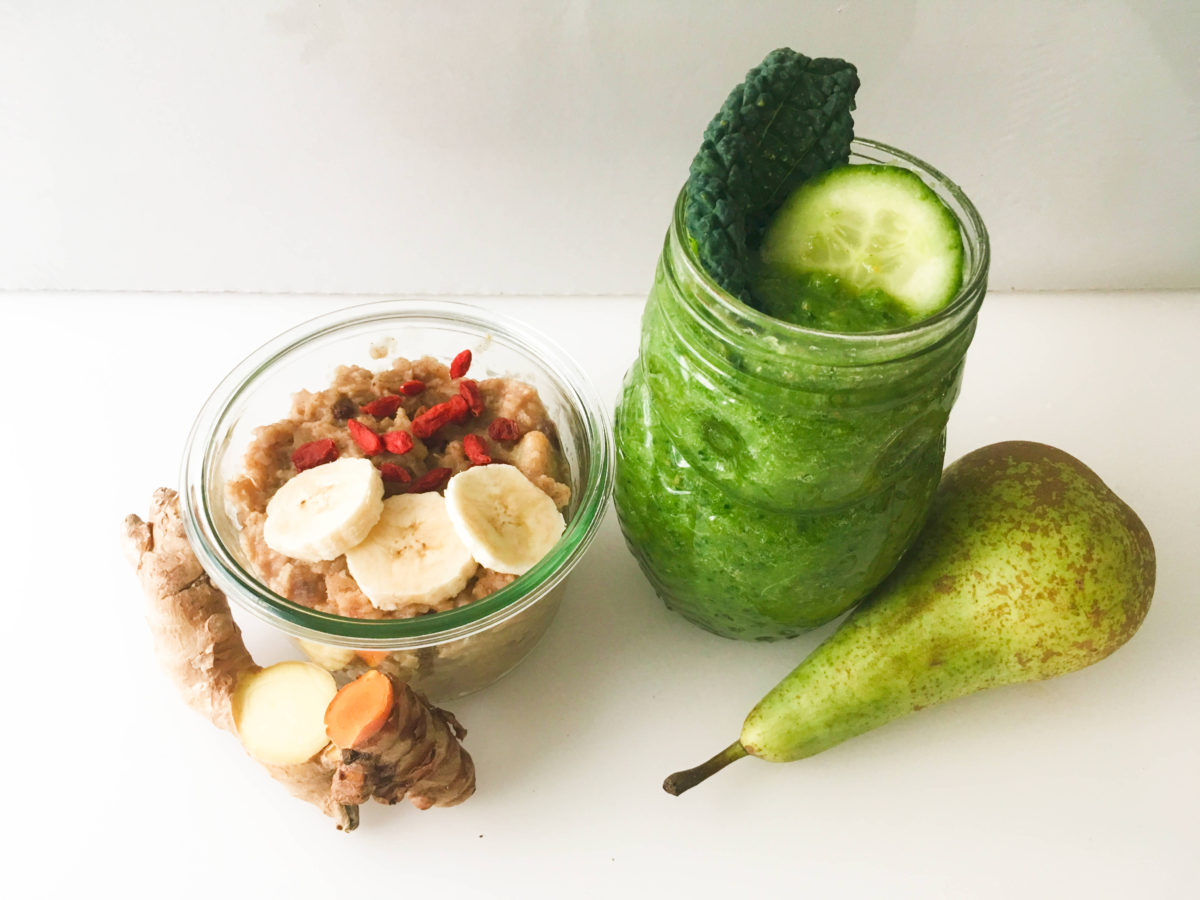
Quick summary of ANDI index numbers
For those of you who don’t get excited about seeing numbers, I give a quick summary of the ANDI index of different everyday foods we consume. The maximum numbers belong to the leafy greens. Yes, I know, disappointing, why can’t it be pizza instead? But leafy greens can be easily incorporated into your diet by eating salads and/or drinking green smoothies, really not a big deal.
All the other vegetables and fruits are close to the top of the list. They are followed by legumes, seeds and then nuts. The health number for nuts, seafood and egg are very similar, quite close to the bottom of the list, they are not so healthy but not the worst enemies.
The H numbers for whole grains are also around that range. A bit lower numbers belong to lean meats and low fat dairy products. Highly processed products are at the bottom of the list, they are very unhealthy, they shouldn’t be consumed at all or only occasionally.
The H numbers (or ANDI index) clearly show us which foods make us healthy and help us stay or become slim, young and active. If we chose foods from the top of the list we will also feel full because these healthy foods contain a lot of fiber and they have a large volume (and low calories), so we can eat a lot of them! Bonus 🙂
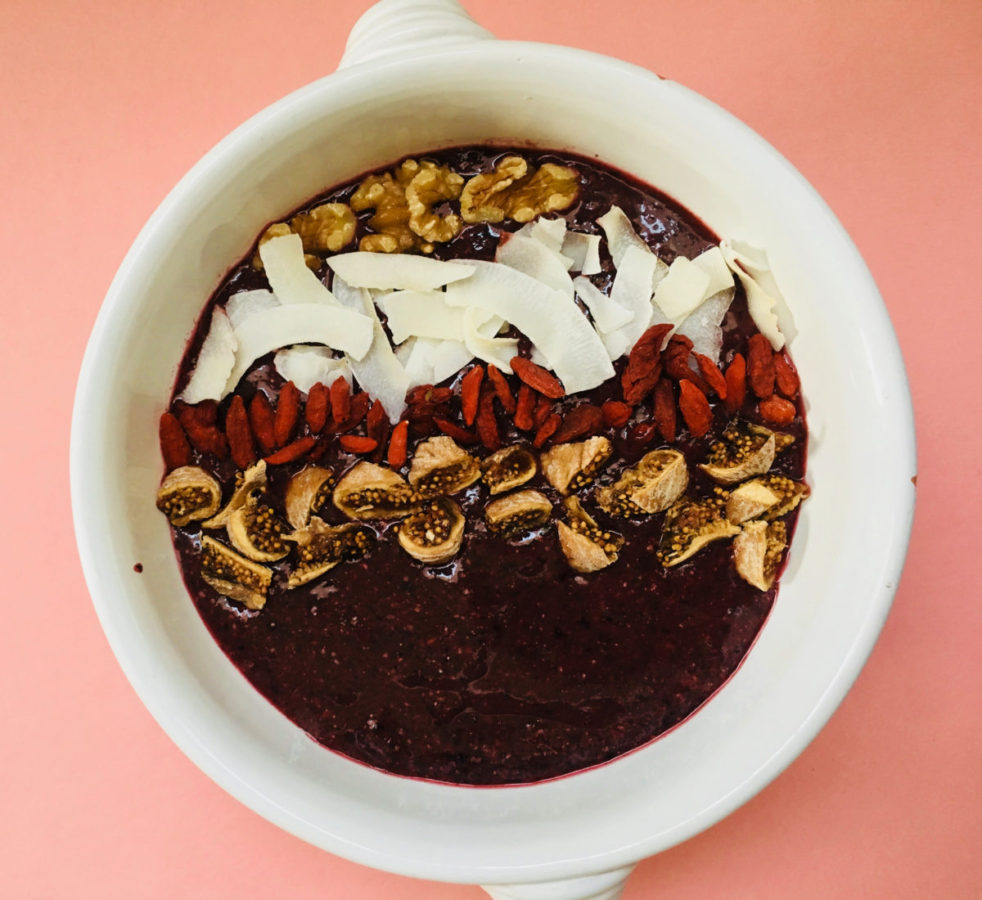
Now you may think, ok, this is all good, I want to eat more fruits and vegetables but how am I going to do it? I would like to help you with this.
Nutrient dense healthy meal plan
I have made a free 7 day nutrient dense healthy eating sample meal plan, which follows the health equation and may even help you lose the last few kilos (pounds). You can download it for free. Of course it’s not recommended to lose more than 0.5 – 1 kg per week. A too strict calorie restriction always results in a binge, because our body wants to save us from starvation. Of course you can lose more by eating nutrient dense, healthy foods, you just need to do it longer. If you need to lose more you don’t even need to be so strict, as usually the last few kilos are the most difficult to lose.
You can make a meal plan for yourself using the ANDI scale, but if you don’t have time, energy or you just don’t feel like it, you can also just simply repeat the 7 days again. I can also make personal meal plan for you. People with heart disease or diabetes can also use this meal plan.
This post contains affiliate links. An affiliate link means I may earn a small referral fee if you purchase through my link, without any extra cost to you. Thanks for your support.
If you would like to know more about Dr Fuhrman’s nutritarian way of eating and cure your heart disease or diabetes, or just want to lose some weight, you can learn a lot from his books, The end of Diabetes, The end of Heart Disease, The end of Dieting and Eat to live. The last two are about losing weight the healthy way. And if you don’t know what to cook from all these healthy ingredients, you can have some inspiration from his cookbook.
What is your favorite way to eat leafy greens or vegetables? What is your biggest struggle when you want to eat healthy? Let me know in the comments 
If you liked this, please share it with others.
Thank you!
You can also subscribe to my newsletter here. It’s free





